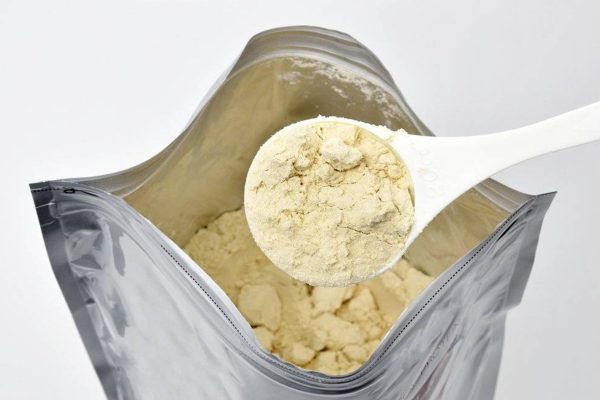
Soy protein isolate (SPI) is an important biopolymer that is widely used in food due to its good nutritional value, high functionality and health benefits. SPI is widely used in many foods as a functional and nutritional ingredient, such as processed meat, nutritional drinks, infant formula and dairy substitutes. Soy protein is one of the increasingly important food proteins in the human diet, which is nutritious, functional and beneficial to health. It is one of the most important food protein sources in daily life and is a high-quality protein rich in essential amino acids and low in saturated fat. In addition, its film-forming, emulsifying, gelling and water-binding properties are also conducive to its application in the food industry.
The various uses of SPI have promoted the development of new methods to improve its performance and promote its application. Physical, chemical and biological methods have been proposed to change and improve the physicochemical and functional properties of soy protein and other biopolymers, such as emulsification, dissolution, gelling and absorption. Chemical and biological methods include the use of solvents, enzymes and microbial fermentation. In recent years, physical treatments have been widely used in protein modification, including high-pressure homogenization, ultrasound, heat treatment and rotary cavitation.
Studies have pointed out the importance of structure in food processing engineering and product design, and have demonstrated through a large number of examples that structure is a key parameter for understanding food behavior. Therefore, many scholars have studied new methods to change food structure at the microscale and nanoscale in order to improve food transportation characteristics, physical, chemical and rheological behavior, texture, sensory properties and storage stability. Different authors have studied the changes in the structure of different proteins caused by low-temperature freezing. For example, Acosta Domínguez et al. modified SPI at the nanoscale and found that nanopores <15 nm were formed in the modified SPI, which increased the oil and water absorption of SPI. Studies have evaluated the physicochemical and functional properties of frozen and ultrasonic modified casein. The results showed that ultrasonic and freezing treatments significantly changed the microstructure of casein, making the modified casein have higher water and oil solubility and retention capacity, as well as greater emulsification capacity and water adsorption capacity.
In summary, changes in food structure can affect many of its physicochemical and functional properties. The characterization of food polymers at different structural levels is particularly important, as it also aims to improve the performance of materials used on an industrial scale. The study of polymer structure and morphology allows the determination of the macroscopic properties, morphology, conformation of the polymer, and interactions between polymer chains.
In frozen foods, sudden temperature fluctuations lead to significant changes in ice crystal size, which in turn alters the microstructural properties of the ice crystals, such as the total number of pores, pore size, grain size, etc. Depending on the type of cold treatment and the chemical nature of the food polymer, the pore distribution and pore volume can result in favorable changes in the physicochemical and functional properties.
Ultra-low temperature treatment improved the gelling properties, viscosity, emulsification properties, adsorption properties and flow properties of soy protein isolate, indicating that the microstructure of soy protein isolate has changed, which was confirmed by AFM. These changes are believed to be closely related to microstructure and molecular modification. Ultra-low temperature treatment causes cavitation on the surface of soy protein isolate and may lead to improved adsorption properties and adsorption properties as well as other functional improvements. Ultra-low temperature treatment has the potential to improve the production process, giving biopolymers better properties and new functions for use in different foods made from or added to soy protein isolate.
